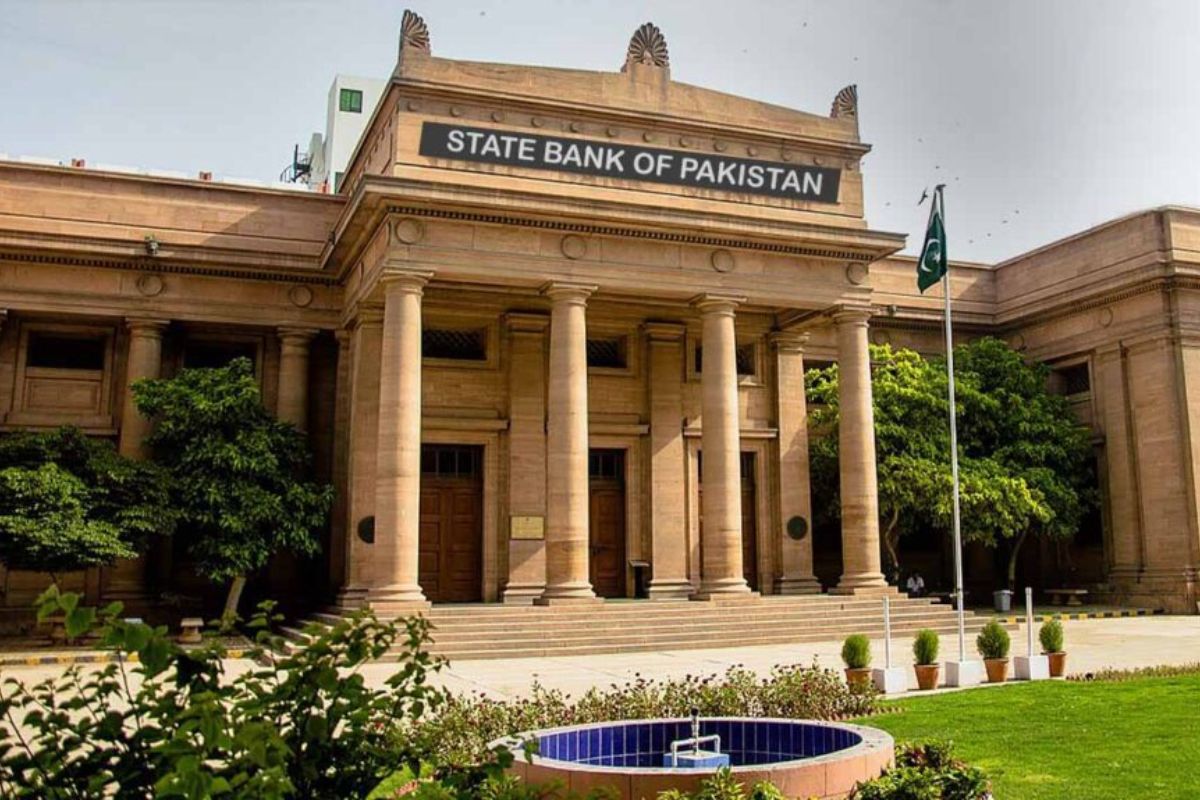The State Bank of Pakistan (SBP) has decided to keep the policy rate at 22 percent in a recent meeting. They noted that inflation went up in September 2023, as they expected. However, they predict that it will go down in October and continue to decrease, especially in the second half of the fiscal year.
While global oil prices have been volatile, and gas tariffs are set to rise in November 2023, which could affect inflation and the current account in FY24, the committee also pointed out some factors that can balance these challenges. These include planned fiscal improvements, better availability of essential goods, and aligning different exchange rates.
Here are the key points discussed by the Monetary Policy Committee (MPC) since their last meeting in September:
1. Good initial estimates for Kharif crops, which will benefit the economy.
2. A significant reduction in the current account deficit in August and September, which helped stabilize the SBP’s foreign exchange reserves despite limited external financing.
3. Progress in fiscal consolidation with improvements in fiscal and primary balances during the first quarter of FY24.
4. While core inflation remains stable, surveys show that both consumers and businesses have improved expectations about future inflation.
However, global oil prices remain uncertain, and the conflict in the Middle East adds more unpredictability.
Given these factors, the MPC emphasized the need to continue with a tight monetary policy.
They reiterated their previous view that the real policy rate is significantly positive when looking ahead for a year and is necessary to bring down inflation to the medium-term target of 5-7 percent by the end of FY25. However, they noted that this outlook depends on continued fiscal improvements and timely inflows from external sources.
In addition, they mentioned positive developments in Kharif crop production, along with improvements in other key sectors like cement, petroleum, and auto sales. Large-scale manufacturing (LSM) has been gradually improving in the first two months of the year, with a significant contribution from domestic-focused sectors.
The current account balance has seen substantial improvement, with a reduced deficit and better exports and remittances in September. Measures taken against illegal market activities and reforms in exchange companies have improved FX market sentiments and liquidity.
The MPC also noted that continued fiscal responsibility and achieving the targeted fiscal improvements are crucial to keep inflation on a downward path.
The growth of broad money (M2) slowed down, as did the growth of reserve money, which is mainly due to a decrease in currency circulation. They anticipate that planned fiscal improvements and expected external inflows will create opportunities for credit to the private sector and enhance the banking system’s Net Foreign Assets (NFA).
In terms of inflation, it surged to 31.4 percent year-on-year in September, but the MPC expects it to decrease in October due to lower fuel prices, reduced costs of major food items, and a favorable base effect. They also reconfirmed their previous assessment that inflation will decline significantly in the second half of FY24, assuming no major adverse developments.
















